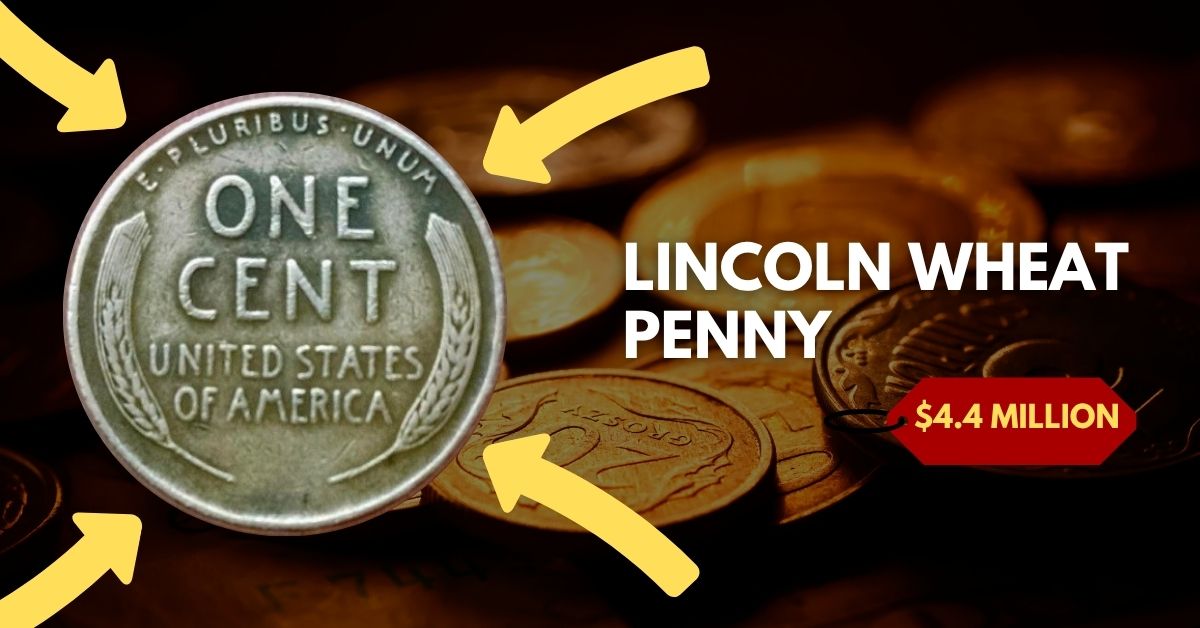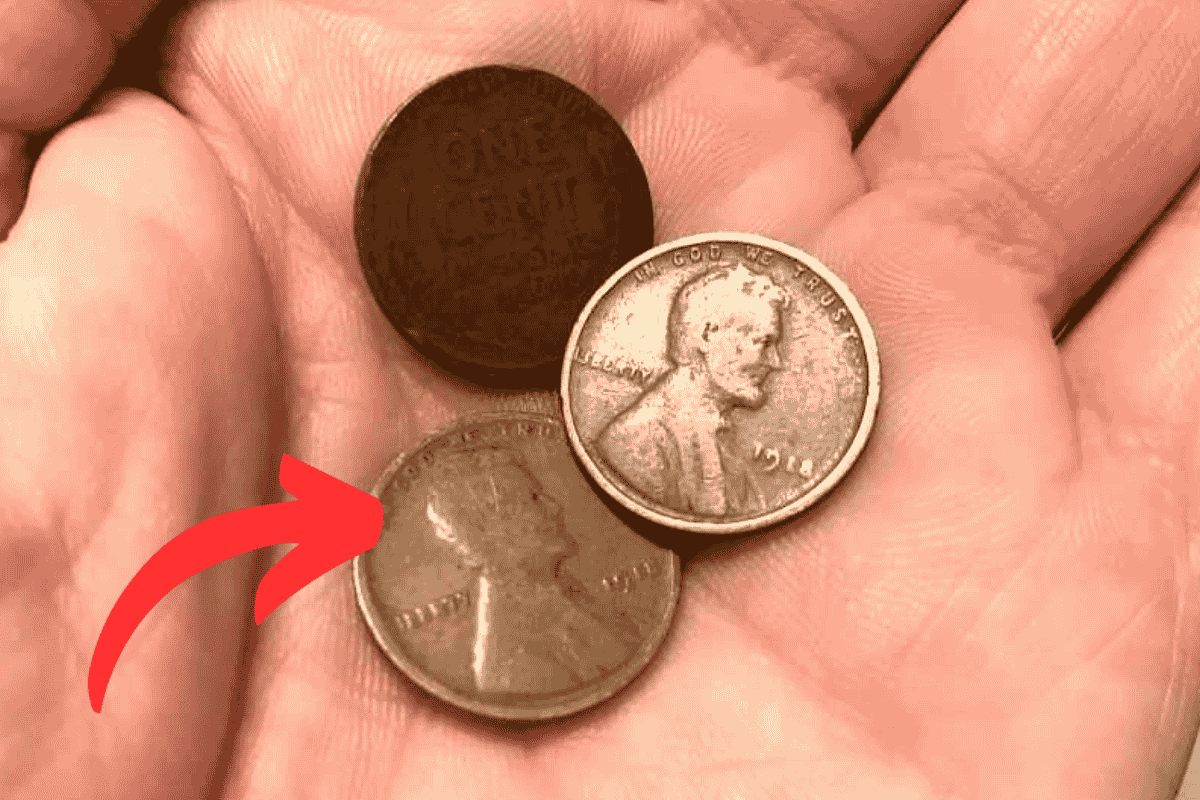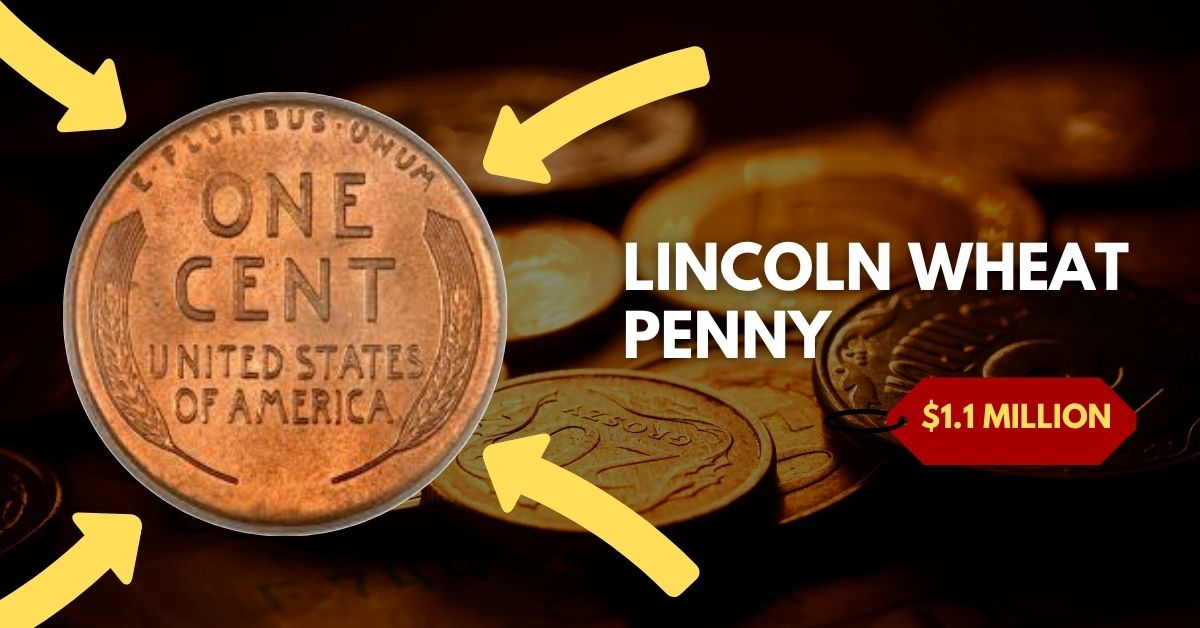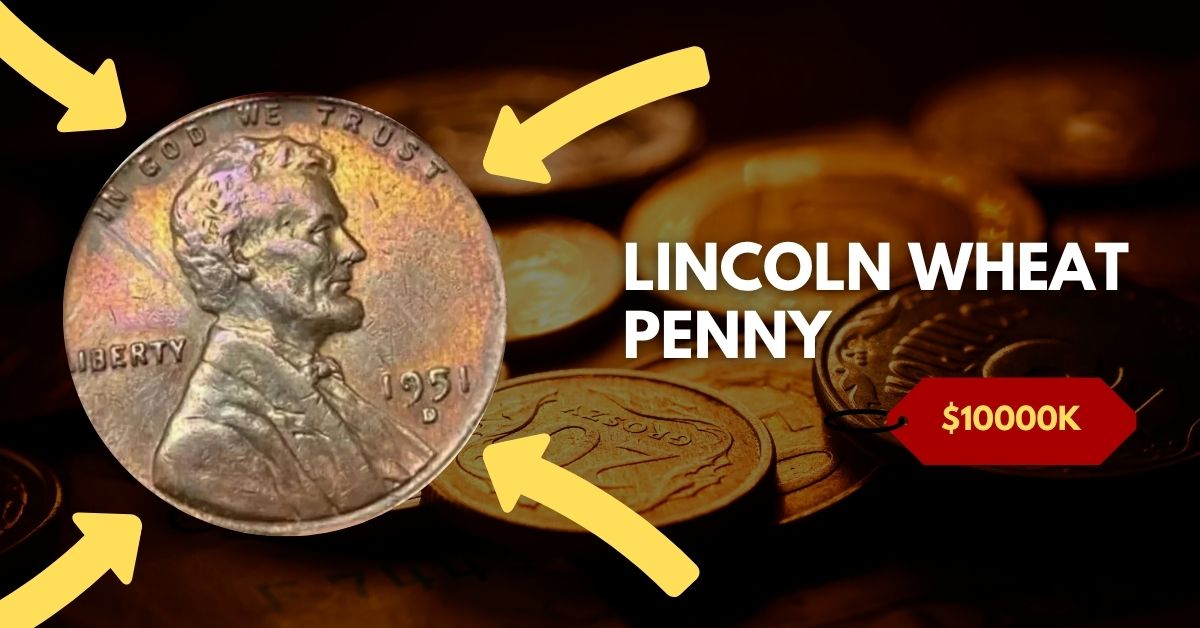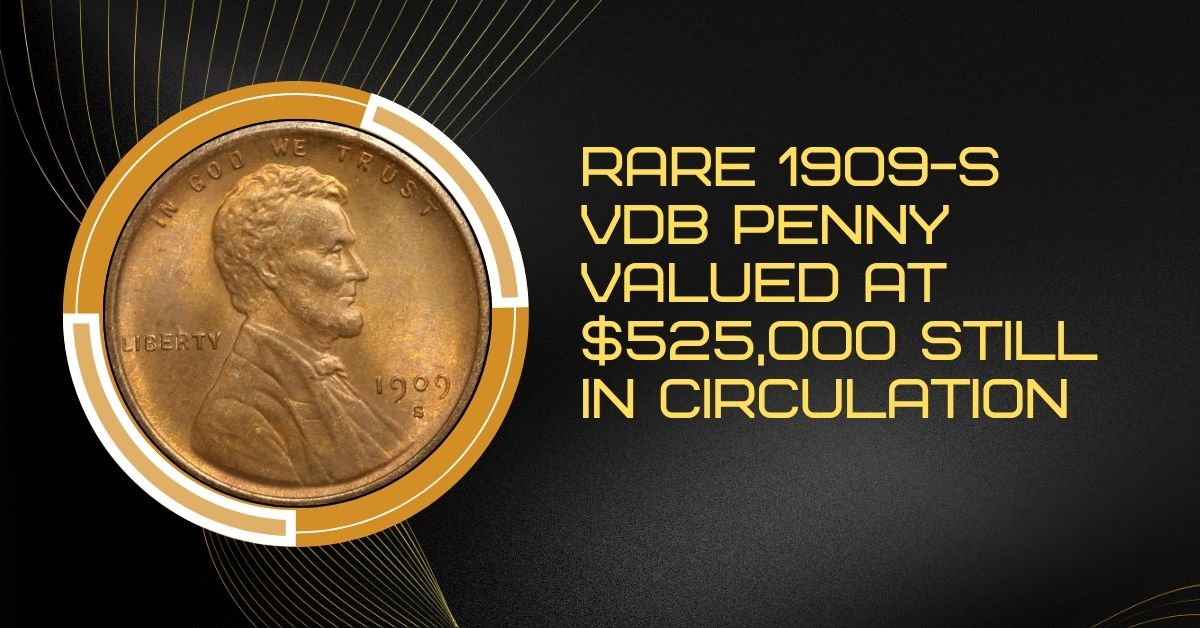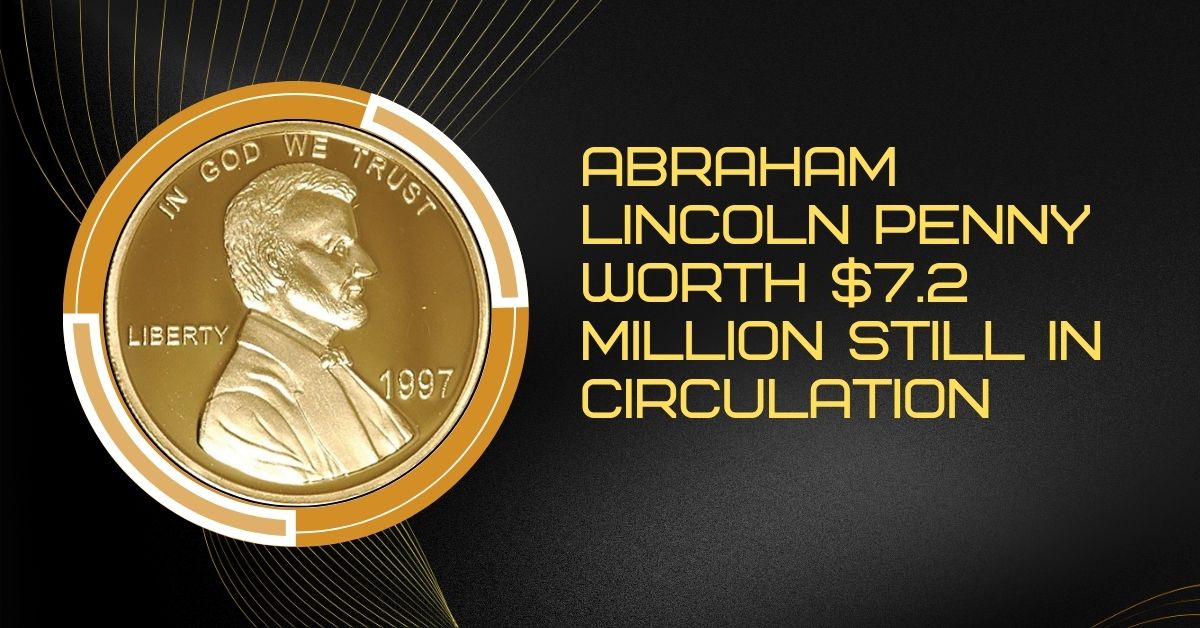Most people don’t think twice about the pennies rattling around in their car cupholder or sliding into the couch cushions. But what if one of those seemingly ordinary coins — scratched, copper-toned, and barely noticed — was worth a jaw-dropping $4.4 million?
Yes, you read that right. A single Lincoln Wheat Penny could make you a millionaire overnight. It sounds like something out of a movie, but it’s very real — and the most shocking part? It might still be in circulation.
Let’s dive into why this little piece of copper is causing such a stir across the collecting world.
The Penny That Refuses to Go Unnoticed
At first glance, the Lincoln Wheat Penny doesn’t look particularly special. It was minted from 1909 to 1958, and its most recognizable feature is the pair of wheat stalks on the reverse side — a symbol of prosperity and growth.
Millions were made. They were pocket change, lunch money, forgotten tips. But not all Wheat Pennies are created equal.
Among them exists a tiny handful of rare varieties, misprints, and early editions that can fetch fortunes. And one of them — the $4.4 million Wheat Penny — is now the stuff of numismatic legend.
Why Is This Penny Worth So Much?
The coin in question is believed to be a 1943 Bronze Lincoln Wheat Penny — one of the rarest mistakes ever produced by the U.S. Mint.
In 1943, pennies were supposed to be made from zinc-coated steel because copper was needed for the war effort. However, a few copper planchets (blanks) accidentally made it into the machines.
The result? A bronze penny that wasn’t supposed to exist — and only a few dozen were ever discovered.
Most are held tightly in private collections or museums. But a few… just a few… may still be floating around in everyday circulation, unnoticed and unclaimed.
What to Look For?
If you want to go on the hunt, here’s what to check:
- Year: 1943
- Material: If it sticks to a magnet, it’s steel. If not — and it’s a copper color — you might have something rare.
- Condition: Even a circulated one is valuable, but uncirculated or high-grade coins fetch the highest prices.
- Weight: A genuine bronze penny weighs about 3.11 grams, while steel pennies are lighter.
Pro tip: Be cautious of counterfeits. Serious collectors recommend getting potential finds certified by PCGS or NGC — two major coin grading services.
Real Stories, Real Discoveries
One Pennsylvania teenager reportedly found a rare 1943 bronze penny in the late 1940s and sold it for $40,000 — a fortune at the time. But in 2010, that same coin resold for $1.7 million. And prices have only soared since.
Now, whispers in the collector community suggest a recent private sale hit the $4.4 million mark — making it the most valuable Lincoln cent on record.
And here’s the kicker: the seller allegedly found it while helping his grandmother clean out old jars in her basement.
Why It Still Might Be Out There?
You might think, “Come on, if it’s that rare, it must be long gone.” But the truth is, people overlook pennies every day. They’re tossed into tip jars, Coinstar machines, donation boxes. Who’s really paying attention to the date and metal of a penny?
That’s why experts believe at least one — maybe even more — are still out there. Forgotten. Unnoticed. Waiting.
A Tiny Coin with a Massive Legacy
The Lincoln Wheat Penny has always been a symbol of humble American beginnings. It’s the first U.S. coin to feature a real person — Abraham Lincoln — and it came out during the centennial of his birth in 1909.
Now, more than a century later, it’s still making headlines.
And maybe… just maybe… it could change your life too.
So, What Should You Do?
Check your change. Look through those old jars, piggy banks, and boxes in the attic. Examine the coins you usually ignore.
Because if you come across a 1943 bronze Lincoln Wheat Penny, you won’t just be holding history — you’ll be holding millions.
Have You Ever Found a Rare Coin?
Let us know in the comments! And tag that one friend who hoards every coin “just in case” — this time, they might be onto something.

